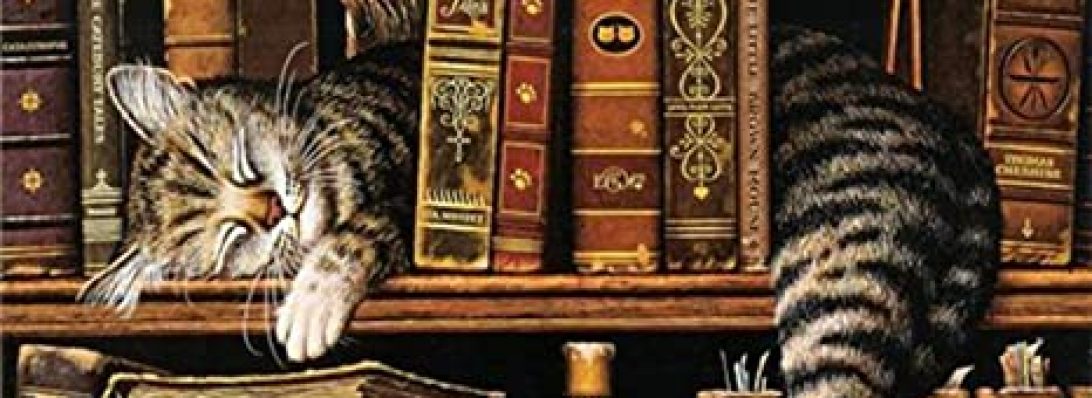My son spent most of the first couple months of his life on my lap. He’s a real snuggler and likes to nap on people instead of in his crib. Not that I minded–not only did I get baby snuggles, it was the perfect reading time! Here’s what I managed to read one-handed and carefully balanced:
The Outsider by Stephen King
I liked how much of a mystery this book turned out to be. There are seriously chilling sequences, and the foe is indeed supernatural, but The Outsider plays very much as a detective story. Great characters and pacing, compelling, and I like the cross-over with the Bill Hodges books.
The Ruins by Scott Smith
I’d been meaning to read this one for years. A disturbing horror story (lots of body horror and paranoia) set in a Mexican jungle, this is a great one to keep in mind for future Horror Months!
Tides: The Science and Spirit of the Ocean by Jonathan White
A fascinating and fun book about how the tide works. Covers history, travel, and science, all told in a very engaging and personable way.
The Woman in Black by Susan Hill
Boy do I love Hill’s ghost stories. They’re so elegant, dark, and spare. This one, a story about revenge from beyond the grave, is wonderfully chilling and atmospheric.
Batavia’s Graveyard: The True Story of the Mad Heretic Who Led History’s Bloodiest Mutiny by Mike Dash
By far the craziest historical incident I have yet read about, and I’ve read about the Crusades. In 1628 the Dutch ship Batavia ran onto a reef off the coast of Australia. A total psychopath happened to be on board, and he proceeded to take control and terrorize the survivors. Includes lots of great historical background about the Dutch East India Company and life on a Dutch trading ship, but mostly an affecting telling of a truly insane and horrifying incident.
–Marie








